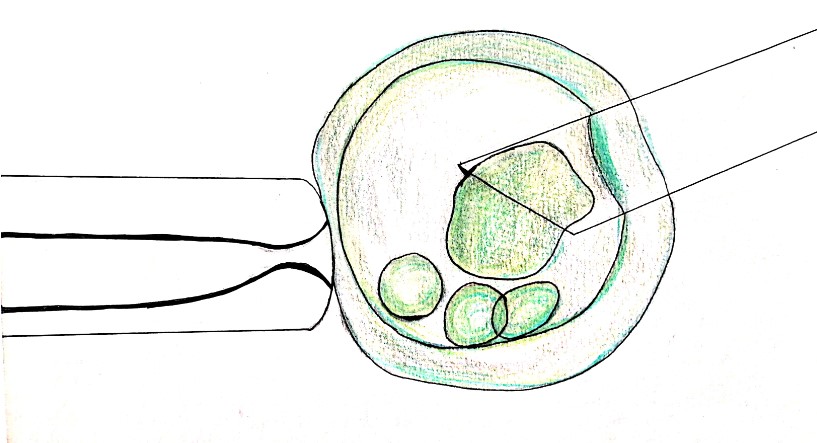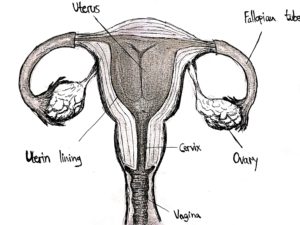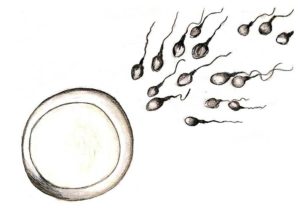The Y chromosome is passed on to the next generation through the sperm cells, and it carries the genes which control testicular development and sperm production. As each individual sperm cell is formed, the DNA from the chromosome is broken into pieces, duplicated, and put together again, resulting in slight changes and rearrangements. Sometimes, small deletions of sections can occur. If these sections play an important role in male fertility, then the deletion can have a severe effect.
These cases are known as Y chromosome microdeletions (YCM), and they are found in approximately 7% of infertile males. Usually, the only symptoms observed will be the negative effects on sperm production.
Depending on the location and size of the deletion, there are different levels of severity regarding the impact on fertility. There are 3 regions on the Y chromosome which have been determined responsible for parts of sperm production, and deletions are possible in any, and sometimes multiple, of these regions. They have been named AZFa, AZFb, and AZFc.
Deletions in AZFa are the rarest kind and make up about 6% of YCM cases. The effects these have are severe, causing Sertoli-cell only syndrome. In this condition, only the cells which support sperm production are present in the testicles, while the cells which actually become sperm are missing. Due to the severity of these cases, there are currently no treatments available.
AZFb deletions account for 14% of YCM cases. In males with these deletions, the cells which are supposed to become sperm are present in the testicles but do not mature as they should. There is a lot of research focused on ways to coax these cells to develop properly, but there is currently no treatment. However, for some males with AZFb deletions, there could be the hope of finding sperm cells using a testicular extraction.
Deletions in the AZFc region are much less severe and are slightly more common, making up 66% of cases. Males with AZFc deletions may be azoospermic however many will have viable sperm cells in the testicles, which can be extracted. Others will have low numbers of sperm in the ejaculate. While these men can have biological children through ICSI, there is evidence that the quantity of sperm can decrease with time, and therefore it is recommended that one freeze sperm.
The diagnosis of Y chromosome microdeletions is done through genetic testing.



